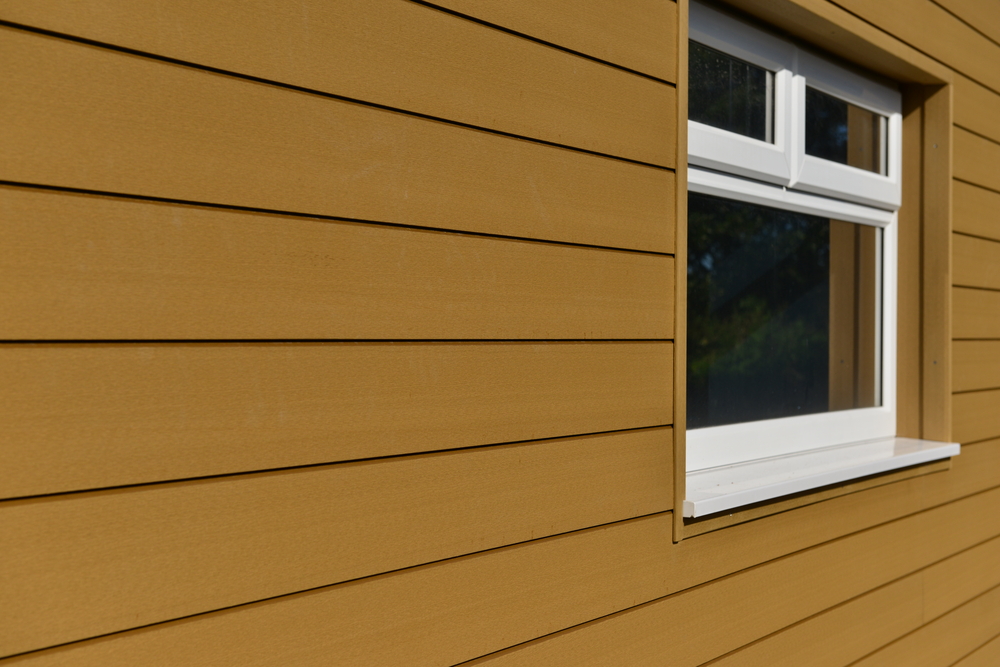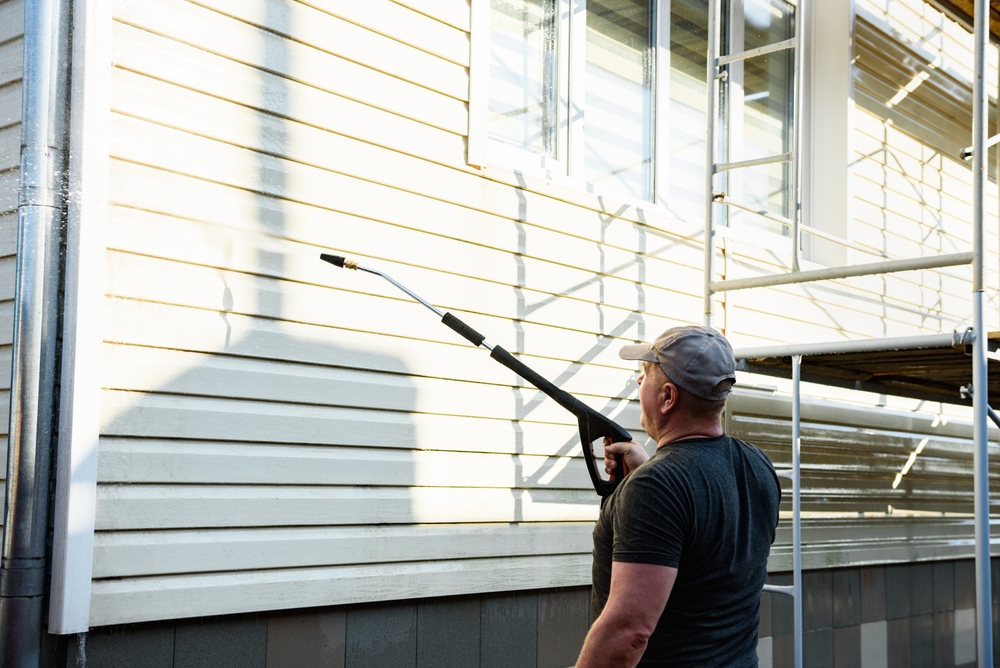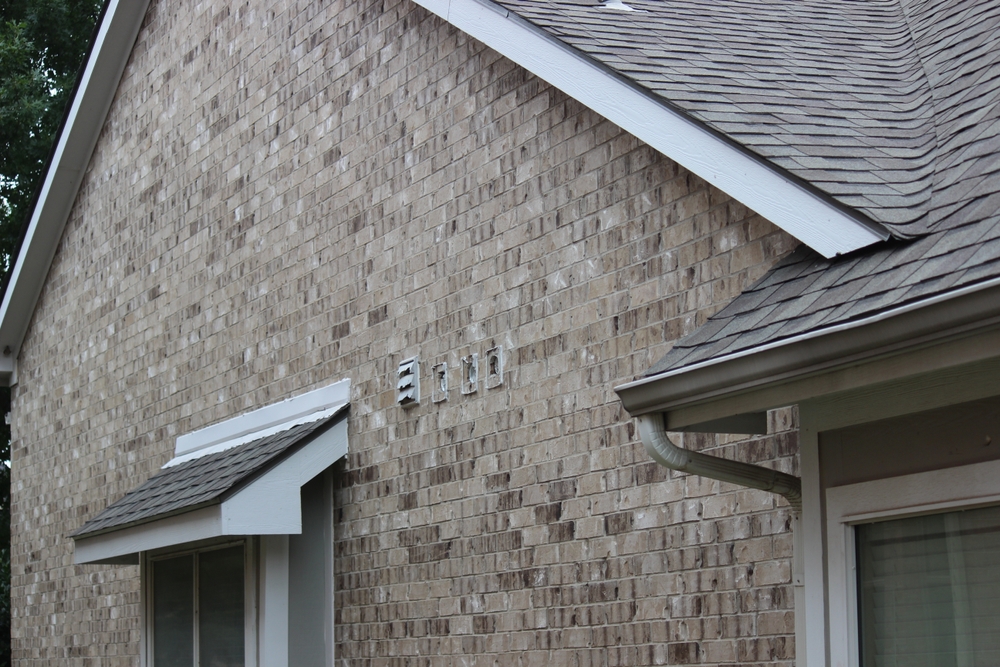Are you in the market for new windows? Determining the optimal material for your window frames and sashes can be an arduous task due to the array of options available on the market. This article compares fiberglass and vinyl, two popular window frame materials, based on their cost, durability, energy efficiency, and other critical factors, allowing you to make an informed decision.
Fiberglass and vinyl are both hard-wearing, low-maintenance, and water-resistant materials that outlast wood. Although wood is still viewed as the gold standard for window frames and sashes, it necessitates substantial upkeep to sustain its appearance and resist wear and tear.
Fiberglass gives a wider range of decorative options
Fiberglass offers a greater range of decorative options compared to vinyl. While the two materials look similar from afar, fiberglass provides more options for window appearance. Due to its slightly thinner frames, fiberglass windows expose more glass, making it ideal for those who wish to illuminate a room with natural light. Moreover, fiberglass is paintable and can be textured to resemble actual wood, while vinyl is generally smooth.
Vinyl windows are less expensive
Vinyl windows are less costly than fiberglass, with a 10-30% lower price point depending on your location and window size and number.

Fiberglass is the most durable.
Fiberglass is the most durable material of the two. While both materials surpass wood in terms of durability, fiberglass reigns supreme. A top-quality vinyl window lasts roughly 30 years, while its fiberglass equivalent can still grace your home more than five decades after installation. Fiberglass is stronger than vinyl and resists warping and cracking, even in extreme weather conditions. Conversely, vinyl expands and contracts with fluctuating temperatures, which can cause the seal between the window frame and glass pane to rupture, thereby greatly reducing the window’s insulating ability.
Vinyl windows are easier to install than fiberglass, making them the ideal choice for a DIY installation. Vinyl is slightly flexible, allowing for a slight measurement discrepancy. Pre-made vinyl windows are available in standard sizes at numerous home improvement stores, while fiberglass windows must be ordered from the manufacturer. However, many fiberglass window manufacturers will nullify the window’s warranty if it is not installed by a professional.
Fiberglass is more energy efficient.
Fiberglass is more energy-efficient than vinyl, with fiberglass windows being up to 15% more energy-efficient than their vinyl counterparts. Fiberglass was developed in the 1920s specifically for use as insulation and is still widely utilized for that purpose today. Additionally, thanks to its glass foundation, fiberglass provides superior sound insulation, making it an excellent option if you live in a noisy neighborhood or near a busy road.
In conclusion
both fiberglass and vinyl windows have their advantages and disadvantages, and the final decision depends on your needs, budget, and preferences. If you’re searching for a cost-effective, low-maintenance solution, vinyl windows may be the best fit for you. However, if you’re looking for the most long-lasting and energy-efficient window frames, fiberglass is the clear winner.




